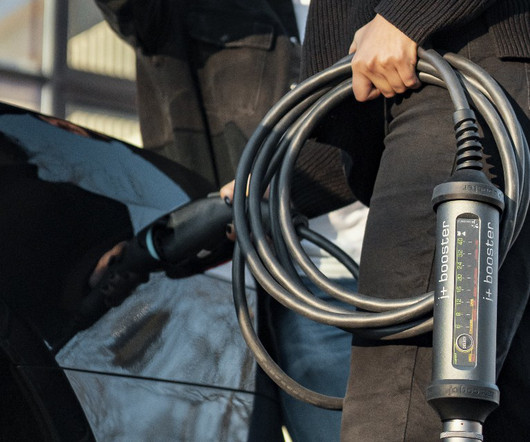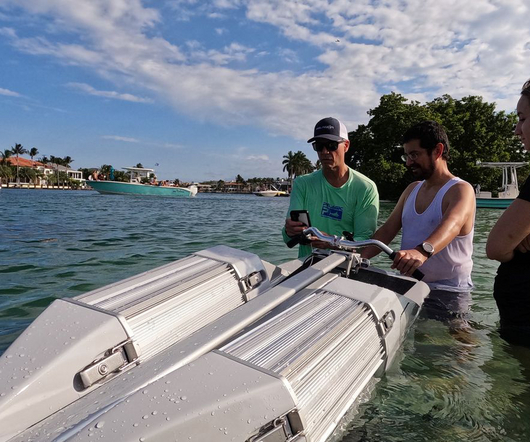UF/IFAS researchers develop new sorghum cultivars that could produce up 10.5 kL ethanol per hectare
Green Car Congress
DECEMBER 15, 2017
UF/IFAS scientists like sorghum because it can be cultivated twice a year in Florida, requires little fertilizer, uses water efficiently and can be drought resistant. Once researchers grew and harvested the sorghum, they took it to the UF/IFAS Stan Mayfield Biorefinery Pilot Plant in Perry, Florida. —Castro et al.












Let's personalize your content